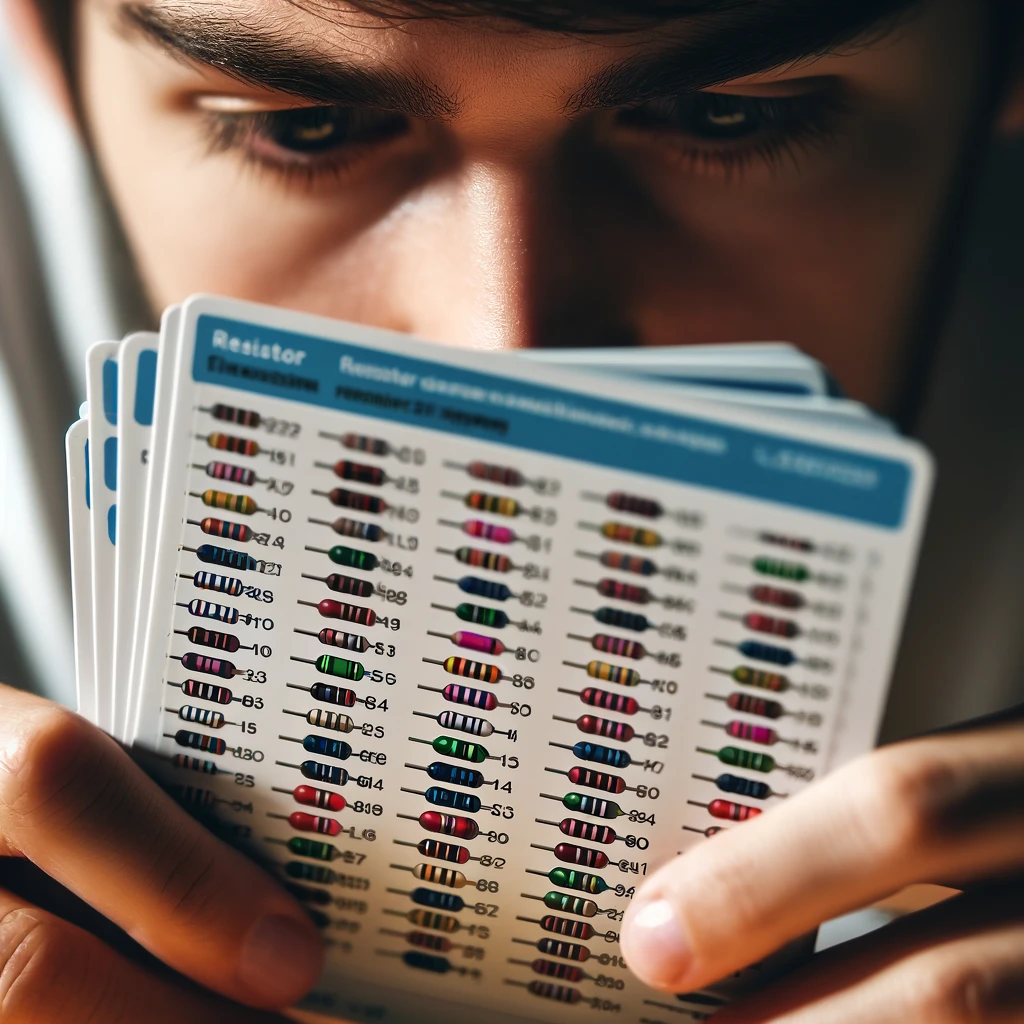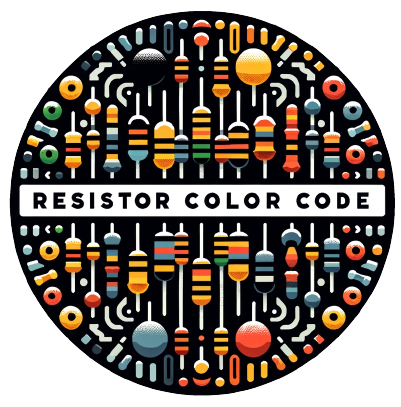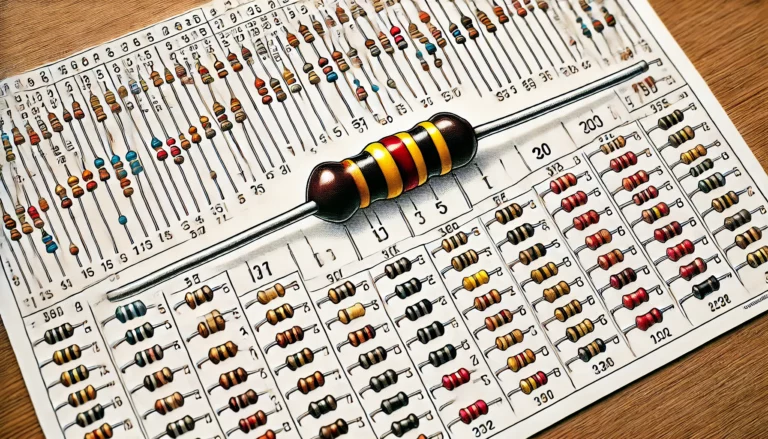How Do You Remember Resistor Color Codes?
Remembering resistor color codes is an essential skill for anyone involved in electronics. This color-coding system helps quickly identify a resistor’s value, which is crucial for designing and troubleshooting electronic circuits. While the system is standardized and logical, memorizing the colors and their corresponding values can be challenging. This guide will provide effective strategies and mnemonic devices to help you remember resistor color codes with ease.

Understanding Resistor Color Codes
Before diving into memory techniques, it’s important to understand the basics of resistor color codes. Resistors have colored bands that represent their resistance value and tolerance. These bands are read from left to right, with the final band usually indicating the tolerance.
The Color Code Chart
Here’s a quick overview of the resistor color code chart:
| Color | Digit | Multiplier | Tolerance |
|---|---|---|---|
| Black | 0 | x1 | |
| Brown | 1 | x10 | ±1% |
| Red | 2 | x100 | ±2% |
| Orange | 3 | x1,000 | |
| Yellow | 4 | x10,000 | |
| Green | 5 | x100,000 | ±0.5% |
| Blue | 6 | x1,000,000 | ±0.25% |
| Violet | 7 | x10,000,000 | ±0.1% |
| Gray | 8 | x100,000,000 | ±0.05% |
| White | 9 | x1,000,000,000 | |
| Gold | x0.1 | ±5% | |
| Silver | x0.01 | ±10% | |
| None | ±20% |
Mnemonic Devices for Remembering Color Codes
One of the most effective ways to remember resistor color codes is by using mnemonic devices. These are phrases or sentences where the first letter of each word corresponds to the color codes in order.
Popular Mnemonic Devices
1. BB ROY of Great Britain had a Very Good Wife:
- Black = 0
- Brown = 1
- Red = 2
- Orange = 3
- Yellow = 4
- Green = 5
- Blue = 6
- Violet = 7
- Gray = 8
- White = 9
2. Better Be Right Or Your Great Big Venture Goes Wrong:
- Each word represents a color in the same order as the first mnemonic.
These mnemonics are easy to remember and cover the standard color codes for resistors.
Creating Your Own Mnemonics
Creating your own mnemonic can be even more effective because it’s personalized to your memory. Think of a sentence that you find easy to remember and that follows the order of the color codes. For example:
- Big Brown Rabbits Often Yield Great Big Victories, Getting Washed.
By crafting a unique sentence, you make the mnemonic more memorable and tailored to your thinking style.
Visual Memory Techniques
In addition to mnemonics, visual memory techniques can help reinforce your understanding of resistor color codes.
Color-Coded Flashcards
Create flashcards with each color and its corresponding value. On one side of the card, write the color and draw a resistor with that color band. On the other side, write the digit or multiplier. Regularly quiz yourself with these flashcards to reinforce your memory.
Visual Association
Associate each color with a vivid image that includes the digit it represents. For example:
- Black (0): Think of a dark, empty void (zero).
- Brown (1): Imagine a single tree trunk.
- Red (2): Visualize a pair of cherries.
- Orange (3): Picture three oranges.
By creating strong visual associations, you can recall the values more easily when you see the colors.
Practice and Repetition
Repetition is key to memorizing resistor color codes. The more you practice, the more familiar you will become with the color sequences.
Daily Practice
Set aside a few minutes each day to practice reading resistor color codes. Use real resistors or draw diagrams and write down their values based on the color bands. Over time, this daily practice will help cement the color codes in your memory.
Use Apps and Online Tools
There are several apps and online tools designed to help you learn and practice resistor color codes. These tools often include quizzes, flashcards, and interactive exercises that make learning fun and effective.
Applying Knowledge in Real Situations
Applying what you’ve learned in real-world situations can significantly enhance your memory.
Building Circuits
Incorporate resistors into your electronic projects. By regularly identifying and using resistors with different color codes, you’ll become more adept at reading and remembering the codes.
Teaching Others
Explaining resistor color codes to someone else is a powerful way to reinforce your understanding. Whether you’re helping a friend or teaching a class, articulating the concepts and mnemonics can help solidify your knowledge.
Additional Tips and Tricks
Here are a few more tips to help you remember resistor color codes:
Group Study
Study with friends or colleagues who are also learning resistor color codes. Group study sessions can provide additional perspectives and mnemonic ideas, making learning more engaging and effective.
Mind Maps
Create a mind map that links the color codes with their values and applications. Mind maps are a great way to visually organize information and see connections between different concepts.
Regular Review
Regularly review the color codes even after you’ve memorized them. Periodic review helps keep the information fresh in your mind and prevents forgetting over time.
Conclusion: Mastering Resistor Color Codes
Remembering resistor color codes is an essential skill for anyone working with electronics. By using mnemonic devices, visual memory techniques, and regular practice, you can master the color codes and quickly determine resistor values. Whether you’re a student, hobbyist, or professional, these strategies will help you confidently read and use resistors in your projects. Keep practicing, stay curious, and soon you’ll find that resistor color codes are second nature.



